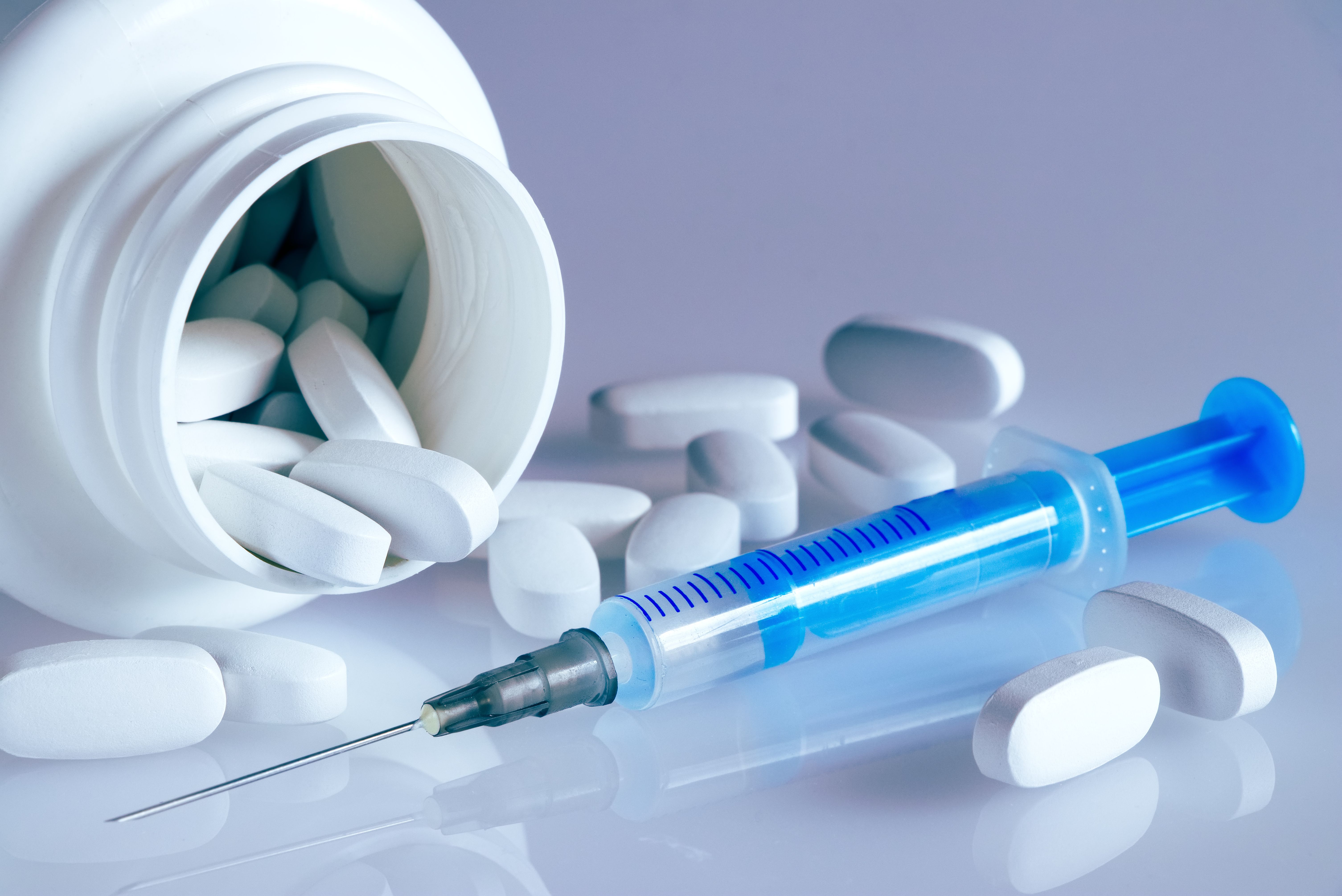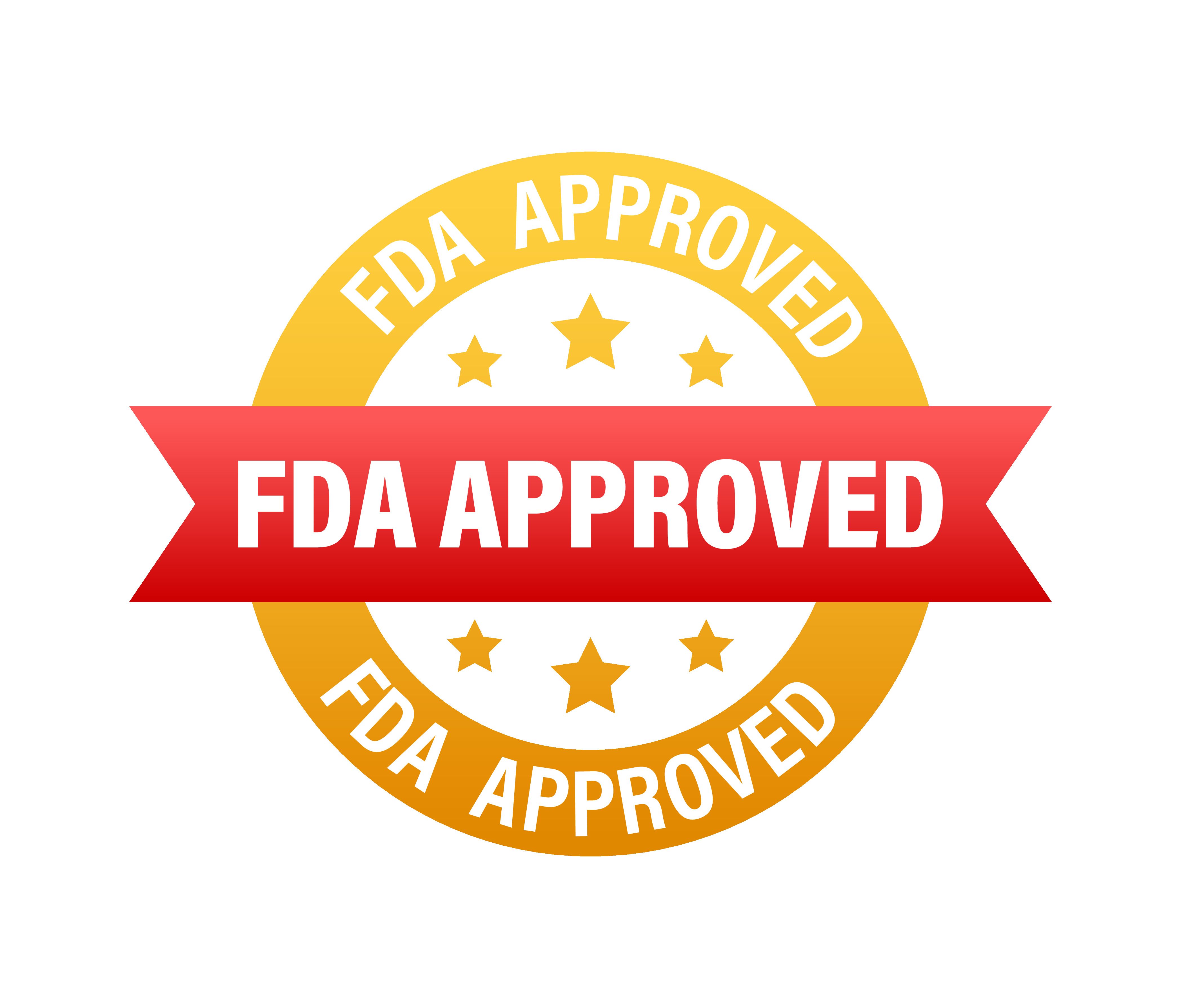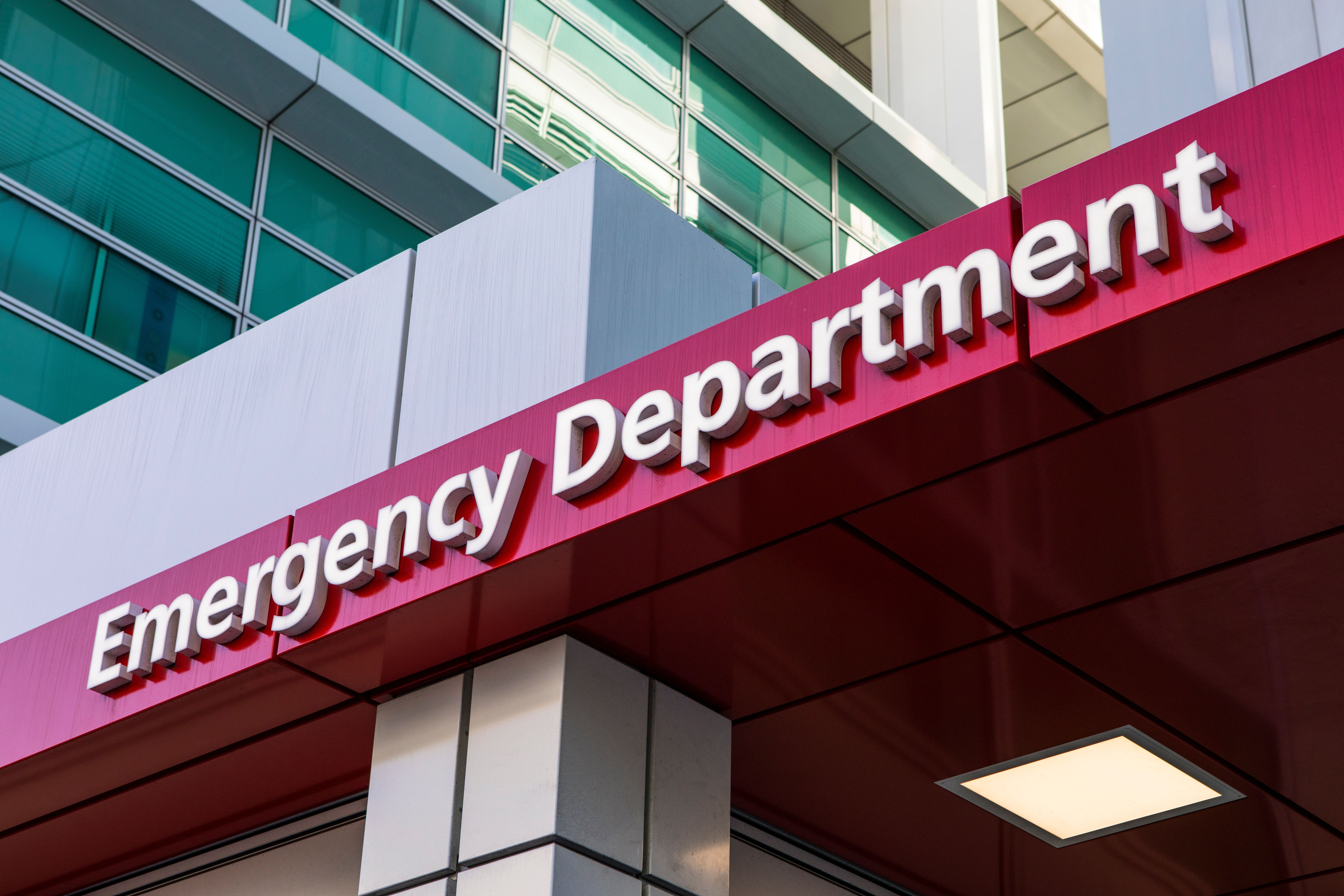News
Article
The Opioid Epidemic Continues While Effective Medication Is Underutilized
Author(s):
Key Takeaways
- The opioid crisis is compounded by disparities in treatment access, particularly among racial, gender, and age groups, necessitating equitable solutions.
- Legislative efforts, such as the Opioid Harm Reduction Package, aim to improve access to life-saving interventions like naloxone.
The progress made to mitigate the opioid use crisis still pales in comparison with the crucial effort needed to address it, especially in regard to accessing medication.
The opioid crisis in the US has reached unprecedented levels in recent years, necessitating urgent attention to the interrelated challenges that accompany it. From treatment disparities based on race, gender, and age to the intersection of decriminalization, the COVID-19 pandemic, and homelessness, the multifaceted nature of the crisis demands a comprehensive approach. Legislative efforts, research findings, and the pressing need for expanded access to life-saving medications for opioid use disorder (OUD) are simply a glimpse at the complex structure of this public health emergency.
Only 25% of individuals who required treatment for opioid use disorder received medication.
Image Credit: encierro - stock.adobe.com

Some authors have stated the US Supreme Court’s recent decision to strip the Sackler family of immunity from opioid-related lawsuits marks a pivotal moment in the fight for corporate accountability in public health crises.1 However, the steps of progression to mitigate the crisis still pale compared with the crucial efforts needed to address its challenges. A recent report from the Office of Inspector General (OIG) exhibited significant barriers for Medicare and Medicaid enrollees in accessing medications for opioid use disorder (MOUD).2
“As the United States continues to struggle with the opioid crisis, access to medications that treat opioid use disorder is essential to address the high rates of opioid use disorder and overdose mortality,” Louis A. Day, team leader and social science research analyst for the Office of Evaluation and Inspections, said in a statement.3 “Medicare and Medicaid play important roles in providing MOUD, but access concerns persist in both programs. For example, HHS-OIG has found that hundreds of counties in high need of MOUD services had few or no MOUD providers treating Medicare or Medicaid enrollees, and many enrollees with opioid use disorder did not receive MOUD through their respective programs.”
Disparities in Accessing MOUD
Although 3.7% of US adults required treatment for OUD, only 25.1% of those individuals received medications as part of their treatment, according to the CDC’s population estimates of treatment for OUD based on the 2022 National Survey on Drug Use and Health.4 Significant gaps in the availability of OUD medications have been analyzed, with 42.7% of individuals not recognizing their need for treatment and 30% undergoing treatment without access to medications like buprenorphine and methadone.
Racial disparities in treatment access were also evident, with non-Hispanic White adults more likely to receive OUD treatment compared with non-Hispanic Black or African American and Hispanic adults. Gender and age differences also exhibit a role in contributing to disparities in treatment, highlighting the need for inclusive and equitable access to OUD medications across demographic groups. To address these challenges, expanded efforts are urgently needed to engage more individuals in OUD treatment, which includes medications.
Raising awareness about the effectiveness of these treatments is crucial, and there is a need for clinicians, treatment providers, pharmacists, and insurers to play a vital role in ensuring these medications are accessible without delays. Bridging the gap between need and treatment is essential in combating the growing overdose epidemic.
Harm Reduction and the Physicians' Role in Policy
In a recent interview, former Oregon State Representative Maxine Dexter, MD, pulmonary critical care physician at Kaiser Permanente, and candidate for Oregon's Third Congressional District, shed light on the complex factors contributing to the opioid crisis and how she addressed this during her time in office in Portland. At the intersection of decriminalization, the COVID-19 pandemic, and a surge in unsheltered homelessness, she described these significant contributors as “The Perfect Storm.”
“Those things, all at once, led to enormous marginalization of our people struggling with addiction,” Dexter told The American Journal of Managed Care® (AJMC®) in an interview at the CHEST 2024 annual meeting. “We didn't have enough services, we didn't have enough shelter beds, we didn't have people who were available, because of COVID, to take care of some of these things.”
Dexter and her colleagues developed a comprehensive Opioid Harm Reduction Package aimed at incorporating various strategies drawn from multiple perspectives, including harm reduction specialists, behavioral health specialists, and housing providers. Then, with her colleagues across the political spectrum, deliberated over each proposed strategy to develop a 13-policy omnibus that was fully supported.
“We put Narcan (naloxone) in middle schools and high schools; all faculty are able to administer naloxone if someone is in crisis without parental permission, which was a big issue for parent rights with colleagues of mine, but understanding that there's not time to get permission to save a life was really important,” she said. “That was a discussion that really moved that needle, being able to publicly disperse naloxone rather than having to go through a pharmacy. Even now, we have nonprofits dispersing it at festivals and on college campuses.”
The legislation also empowered emergency medical services (EMS) providers to administer and distribute naloxone while providing legal protections for good Samaritans who use Narcan in an attempt to save lives. Although progress is still needed, Dexter said the Opioid Harm Reduction Package marked a significant step forward in addressing the opioid crisis and reducing harm associated with opioid use.
“It's not a perfect tool, but it is a tool in making sure that our EMS providers can actually distribute naloxone instead of just administering it.”
Treating OUD Instead of Waiting for Emergency
Access to naloxone is a key proponent to reducing harm related to OUD, but medications like buprenorphine and methadone can offer ongoing treatment for individuals seeking care. Unfortunately, despite their effectiveness, MOUD are surrounded by barriers that span various aspects of patient access.5
A clinician’s willingness to prescribe MOUD to adolescents in Indiana varied significantly based on their specialty and the community in which they practiced, recent findings show. The research examined clinician- and community-level factors associated with the willingness to prescribe medication to adolescents among clinicians who hold a waiver to prescribe buprenorphine.
The cross-sectional study involved phone surveys with 832 Indiana clinicians, all listed on the Buprenorphine Practitioner Locator, a national registry of waivered clinicians legally authorized to prescribe buprenorphine. Alarmingly, 91.2% of these clinicians reported being unwilling to prescribe MOUD to adolescents under the age of 18. Only 8.8% were willing to prescribe, with just 2.9% willing to do so without conditions.
The findings indicate a lack of access for young people struggling with OUD. Family medicine clinicians, as well as those practicing in less populated and more rural areas, were more likely to be willing to prescribe OUD medication to adolescents compared with clinicians in urban areas. The research also showed that advanced practice clinicians and those without specific training related to OUD were less likely to prescribe these medications to adolescents. None of the waivered clinicians with pediatric training were willing to prescribe MOUD to younger patients.
These findings suggest that the average parent in Indiana would need to call 11 waivered clinicians to find one willing to prescribe medication to an adolescent with OUD, according to the study authors.
“It appears that Indiana adolescents continued to face gaps in access to MOUD treatment, despite its well-established efficacy,” the wrote. “Programs that support primary care practitioners, including family medicine clinicians and pediatricians, in safe and appropriate use of MOUD in adolescents may bridge these gaps.”
It is clear that a multifaceted approach is necessary to address the opioid crisis, particularly to address treatment disparities, the intersection of social determinants of health, and the urgent need for expanded access to MOUD. Concurrently, harm reduction strategies, provider and patient education, and comprehensive policy initiatives aimed at reducing the impact of this public health crisis are necessary as stakeholders continue to navigate these challenges.
References
1. Grossi G. Corporate accountability and public health: Sackler ruling and treatment Gaps in the opioid crisis. AJMC. October 2, 2024. Accessed October 15, 2024. https://www.ajmc.com/view/corporate-accountability-and-public-health-sackler-ruling-and-treatment-gaps-in-the-opioid-crisis
2. Office of Inspector General. Medicare and Medicaid Enrollees in many high-need areas may lack access to medications for opioid use disorder. HHS. September 23, 2024. Accessed October 15, 2024. https://oig.hhs.gov/reports/all/2024/medicare-and-medicaid-enrollees-in-many-high-need-areas-may-lack-access-to-medications-for-opioid-use-disorder/
3. HHS-OIG's efforts to address the opioid epidemic. News release. HHS OIG. September 27, 2024. Accessed October 15, 2024. https://oig.hhs.gov/newsroom/news-releases-articles/hhs-oigs-efforts-to-address-the-opioid-epidemic/
4. Dowell D, Brown S, Gyawali S, et al. Treatment for opioid use disorder: population estimates — United States, 2022. MMWR Morb Mortal Wkly Rep. 2024;73(25):567-574. doi:10.15585/mmwr.mm7325a1
5. Aalsma MC, Bell LA, Schwartz K, et al. Clinician willingness to prescribe medications for opioid use disorder to adolescents in indiana. JAMA Netw Open. 2024;7(9):e2435416. doi:10.1001/jamanetworkopen.2024.35416
Newsletter
Stay ahead of policy, cost, and value—subscribe to AJMC for expert insights at the intersection of clinical care and health economics.





